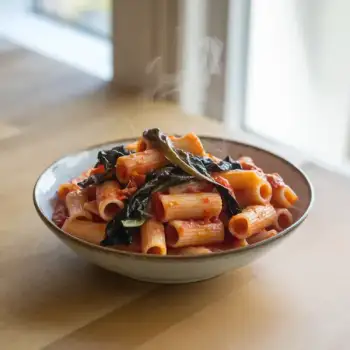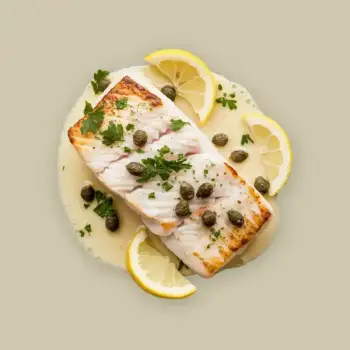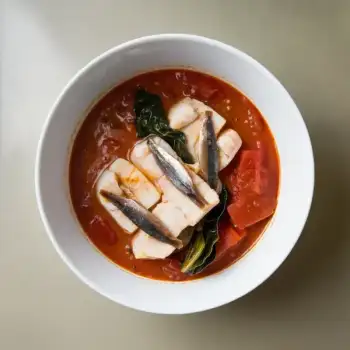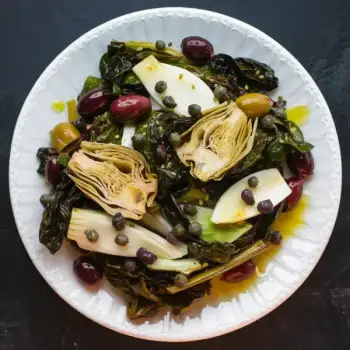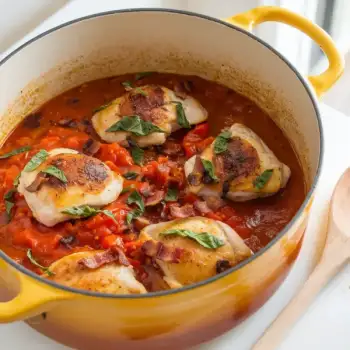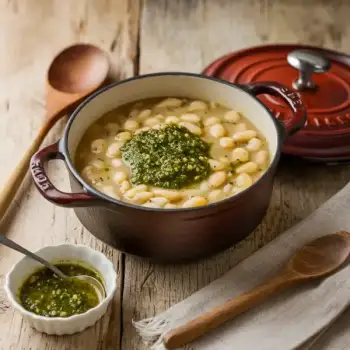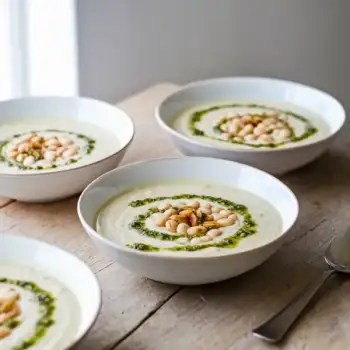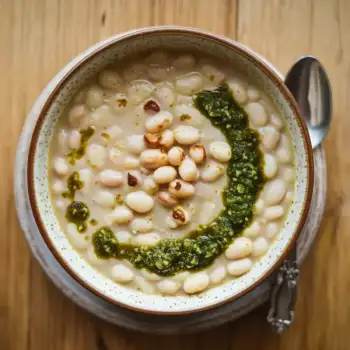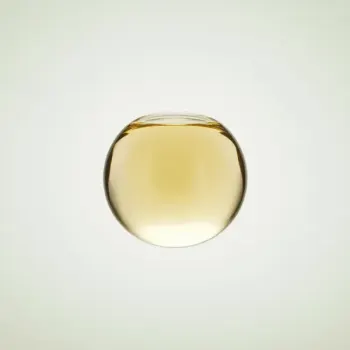


Boxed
Boxed white wine is a more economical and environmentally friendly option. The wine is stored in a plastic bag within the box, which helps to keep the wine fresh after opening.
Bottle
White wine is most commonly found in bottles, ranging from 375ml to 1.5L. The wine is fermented and aged before being bottled.
Canned
Canned white wine is a newer trend, offering convenience and portability. It's ideal for picnics or outdoor events where glass bottles may not be allowed.
Fortified
Fortified white wines, like sherry or port, have had a spirit, usually brandy, added during the fermentation process. This increases the alcohol content and extends the wine's shelf life.




boxed white wine: Bota Box
canned white wine: Underwood
bottled white wine: Chateau Ste. Michelle
fortified white wine: Lustau

Poaching: White wine can be used as a poaching liquid for fish, chicken, or fruit. The wine imparts a subtle flavor to the food and helps to keep it moist and tender.
Deglazing: This technique involves adding a small amount of white wine to a hot pan to loosen the browned bits of food left behind after cooking. The wine is then reduced, concentrating its flavors and creating a delicious sauce.
Marinating: Marinating meat or vegetables in white wine can help to tenderize them and add flavor. Be careful not to marinate for too long, as the acid in the wine can start to cook the food.





